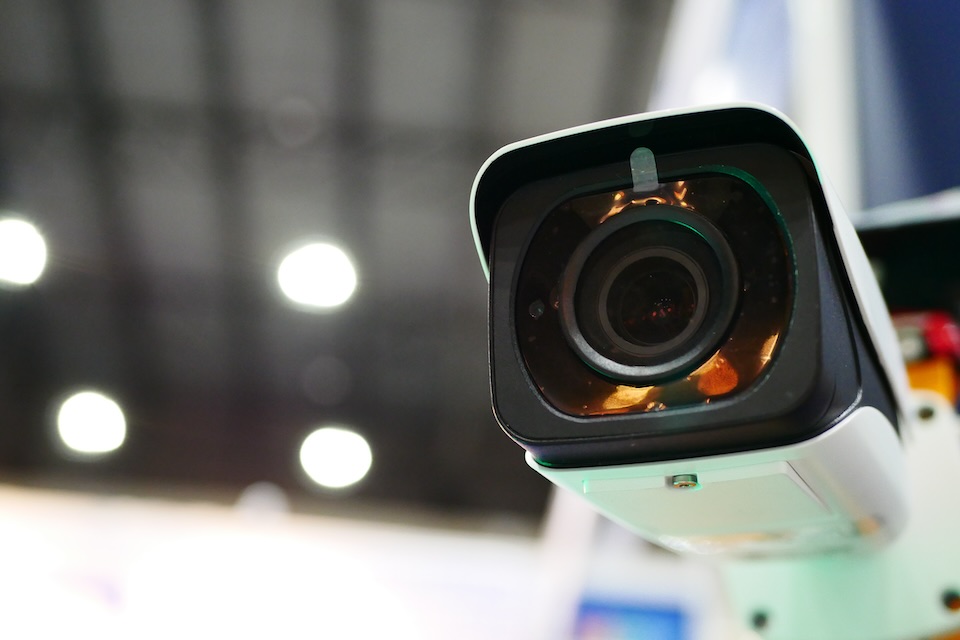Installing CCTV cameras in the workplace is essential to protect your employees, buildings, visitors and assets. CCTV cameras can help deter potential criminals and monitor the activity of workers and visitors. If a crime should occur, they can collect evidence to support a police investigation.
The positioning of CCTV cameras in the workplace should adhere to legal and ethical standards, ensuring the safety and privacy of employees while also providing effective surveillance. Here are some general guidelines on where to position CCTV cameras in the workplace:
Entry and exit points: Place cameras at all entrances and exits to monitor who enters and leaves the premises. This helps enhance security and can deter unauthorised access. Ensure the cameras are clearly visible to act as a deterrent.
Car parks: Install cameras in any car park, as these can often be a target for theft and vandalism. The cameras will also pick up any vehicles that shouldn’t be there.
Reception: Most visitors will pass through your reception area when entering your premises, so placing a camera here will help track any unwanted visitors.
High-risk areas: Identify areas prone to theft, vandalism, or other security threats, such as storage rooms, cash registers or equipment areas. Install cameras in these locations to monitor activity.
Workstations and common areas: Consider installing cameras in work areas and common spaces like break rooms or hallways to ensure employee safety and monitor productivity.
Blind spots: Identify any blind spots where suspicious activity could occur undetected. Install cameras strategically to cover these areas and minimise security vulnerabilities.
Things to consider when deciding where to place your CCTV cameras
Privacy: You cannot install CCTV camera systems in any area considered private, including toilets and changing rooms.
Employee rights: You must not install hidden cameras anywhere in your workplace, and you must tell your employees they are being recorded on CCTV and the reasons why.
Tips for effective camera placement
Adequate coverage: Ensure that cameras provide sufficient coverage of the area without overlapping excessively or leaving gaps in surveillance.
Consider the lighting conditions: Install cameras in well-lit areas to ensure clear footage, or use cameras with low-light or infrared capabilities to monitor dimly lit spaces.
Height and angle: Position cameras at an appropriate height and angle to capture clear images of individuals and activities without obstruction.
Overall, the goal is to strike a balance between security needs and respecting employees’ privacy while also complying with relevant laws and regulations. It’s important to regularly review and adjust CCTV placement as needed to address evolving security concerns and maintain effectiveness.
If you want to learn more about using CCTV camera systems in the workplace or would like a no-obligation quote, please contact us today.

